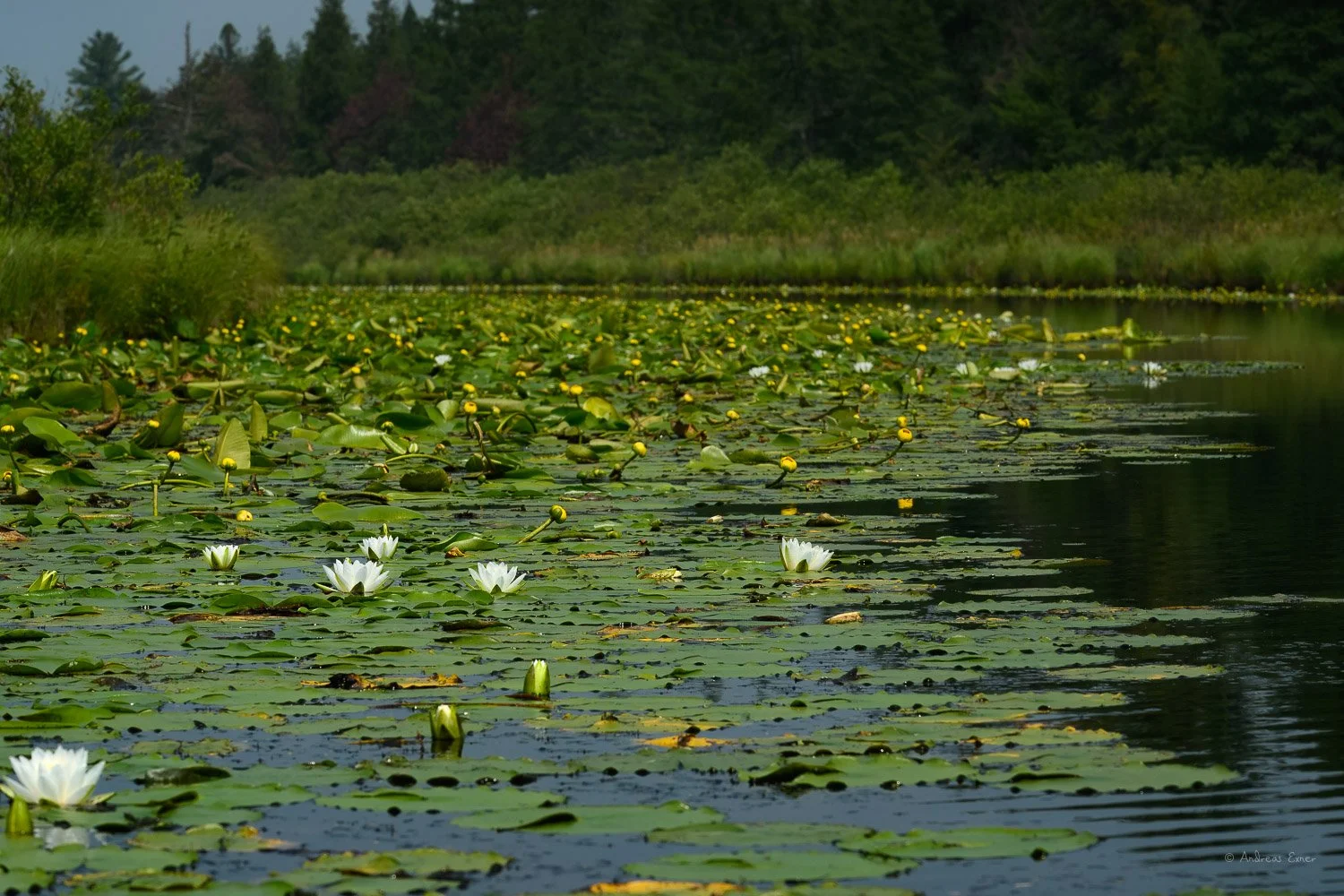This juvenile Common Loon was still fed by its parents, but not every dive for food was successful. First time that I was able to make some clicks of loons with their offspring. Fay Lake, Florence County, Wisconsin
I’m back from two different trips to the Northwoods. The second one led to well known territory in northern Wisconsin. Most of the time I have been there for little ice fishing adventures with friends each year in January, but this time the kayak was on top of the car roof while traveling.
I like to share some photos from last weekend that were shot during three paddling trips. The wildfires up in Canada made for unpleasant air conditions and I didn’t really like how most of my landscape pictures turned out. However, there were some good encounters of wildlife, mostly birds, and I saw even a bear crossing the road. I hope you enjoy!
A pair of Trumpeter Swans navigated their five cygnets through the weeds into shallow water near the shore of Fay Lake.
Juvenile Spotted Sandpiper, Wabikon Lake, Forest County, Wisconsin
For almost four hours I enjoyed a paddling trip on the Popple River, deep in the woods of Chequamegon-Nicolet National Forest. No humans, no men-made noise, just the tranquillity of pure nature. It doesn’t get much better… 😊

